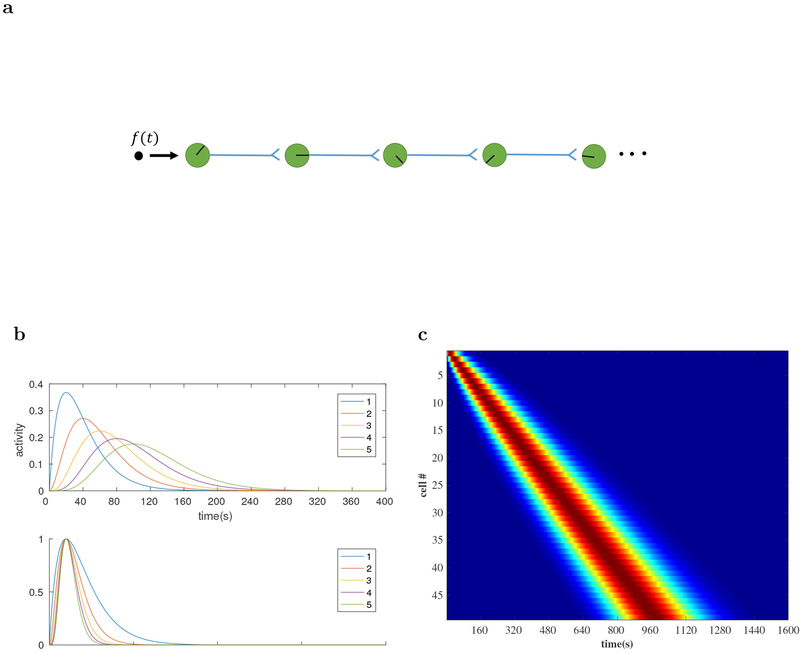Figure 2. Simple chaining models produce time cells, but these time cells are not scale-invariant and have properties that differ from experimentally-observed time cells.
a: A simple chain of units can give rise to sequentially-activated cells. The direction of the ‘clock hands’ within the neurons indicate the peak firing time of that neuron. b. Simulated “time basis functions” constructed from the chaining model described in Goldman (2009). Top: 5 successive time basis functions in the chaining model. They represent the neuronal activity for 5 successive nodes along the chain. We set τ = 20s. Bottom: The same time basis functions rescaled by the peak time along the x axis and by the maximum activity along the y axis. They deviate from each other systematically. It is clear that the neurons at different points along the chain do not obey scale-invariance. In particular, the activity of neurons that are activated later is more concentrated when rescaled. This can be shown in an asymptotic analysis using the Central Limit Theorem (see text). c. The heatmap for the activity of 50 neurons in the chaining model. The number of neurons coding later time is the same as the number coding for earlier times. This indicates that these neurons do not represent time in a scale-invariant way.

